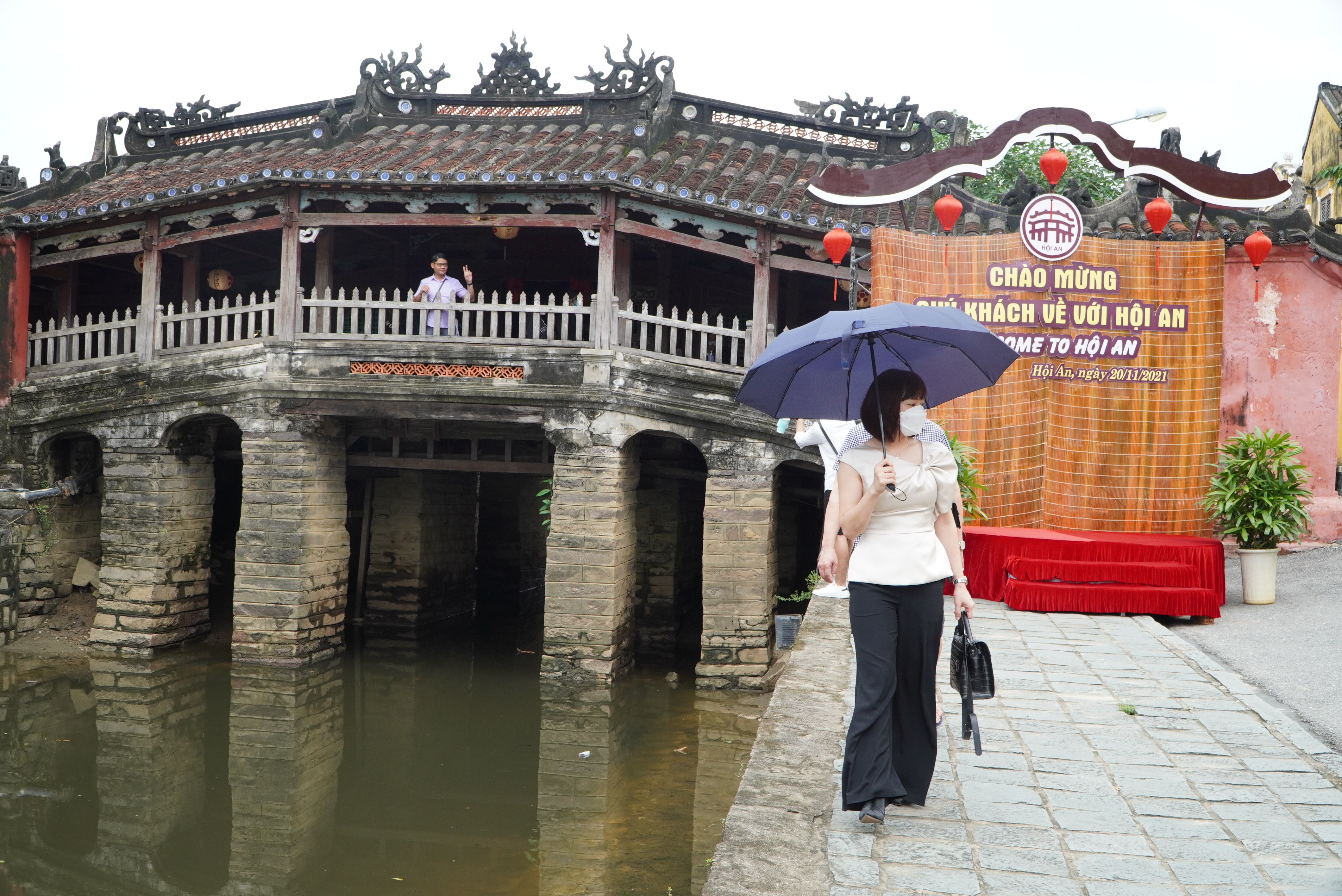Authorities in Quang Nam Province, central Vietnam on Tuesday morning welcomed experts to inspect the status of Cau Pagoda, a bridge more than 400 years old in Hoi An City, after nearly a year of closure for restoration.
Cau Pagoda has been covered with corrugated iron for renovation work since late December last year, wtih an estimated cost exceeding VND20 billion (US$814,332) and a scheduled completion date by the end of 2023.
To enable visitors to glimpse a part of the famous pagoda, an access point for tours has been established.
However, the view is restricted due to various sections being concealed to facilitate the restoration and preservation of the bridge elements.
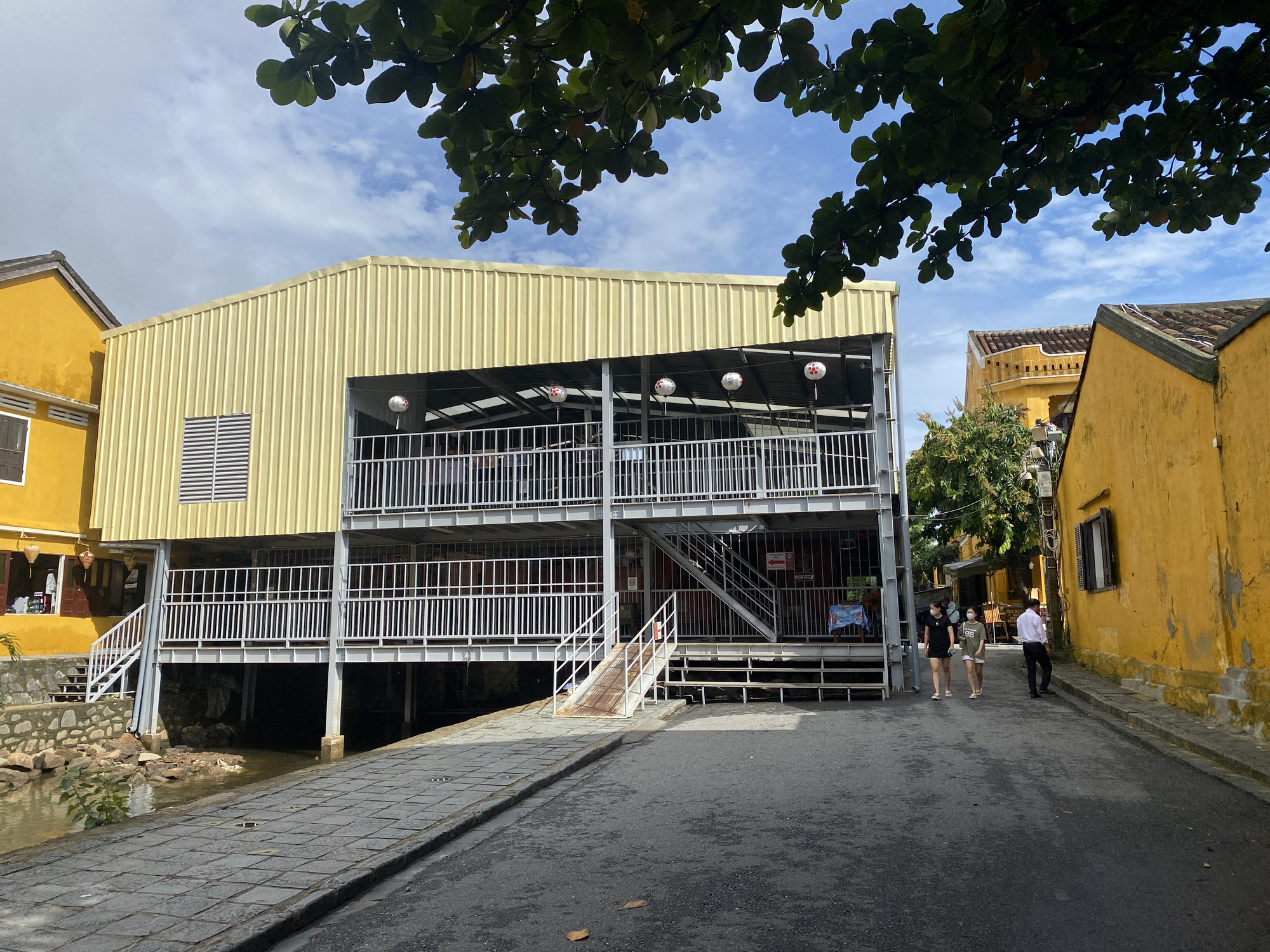
For a comprehensive evaluation of the restoration work conducted over nearly a year, Hoi An authorities welcomed an expert group to the pagoda on Tuesday morning to observe every aspect of the historic structure following the removal of its frame and roof.
This marks the first time when the entire pagoda, its original form, structure, and spatial layout, has been fully unveiled.
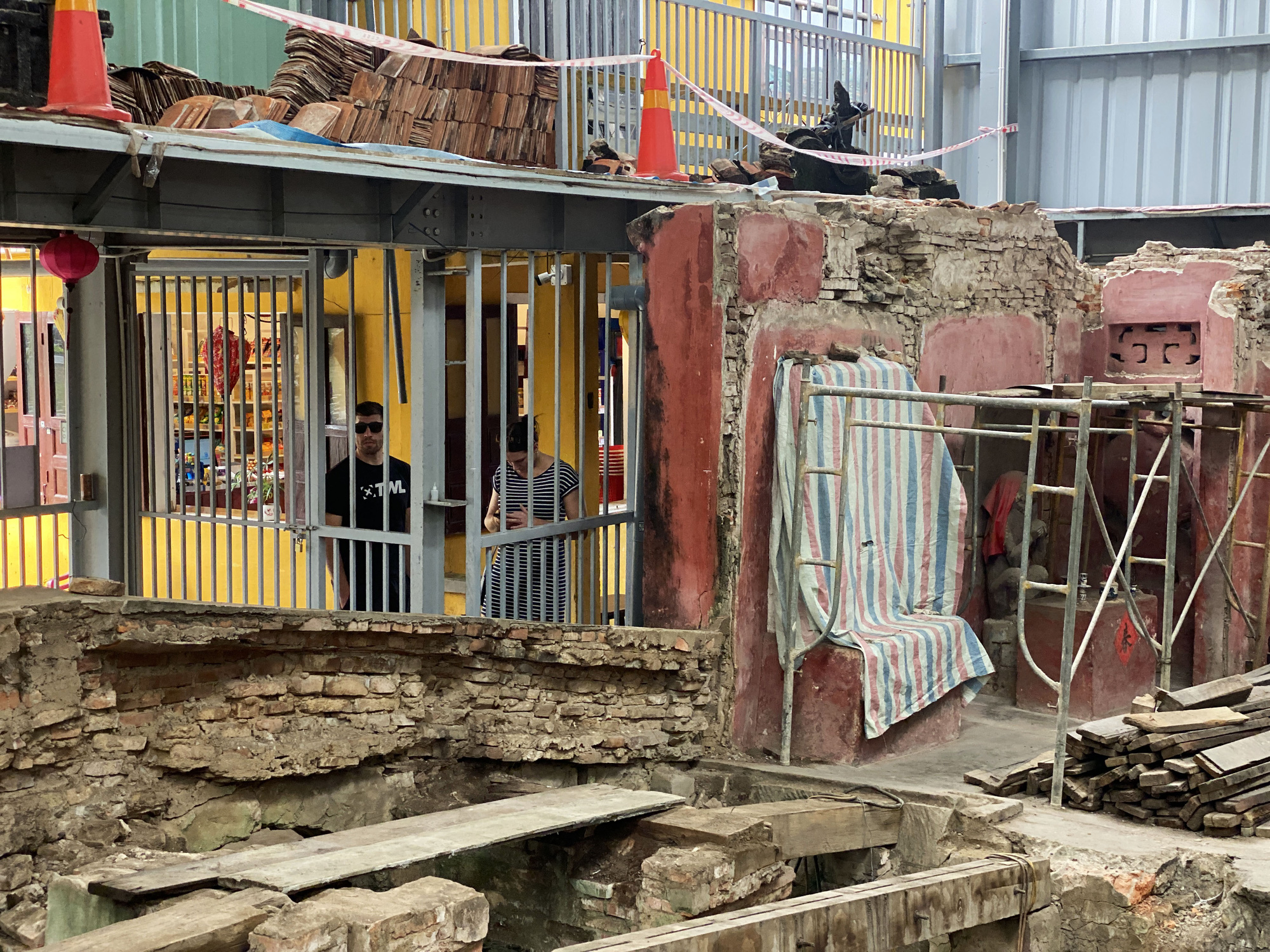
The pagoda was originally built on a bridge over a small creek by Japanese tradesmen in the 17th century.
The whole pagoda and bridge are made of painted wood and sculpted with sophisticated patterns and have a bit of Japanese style.
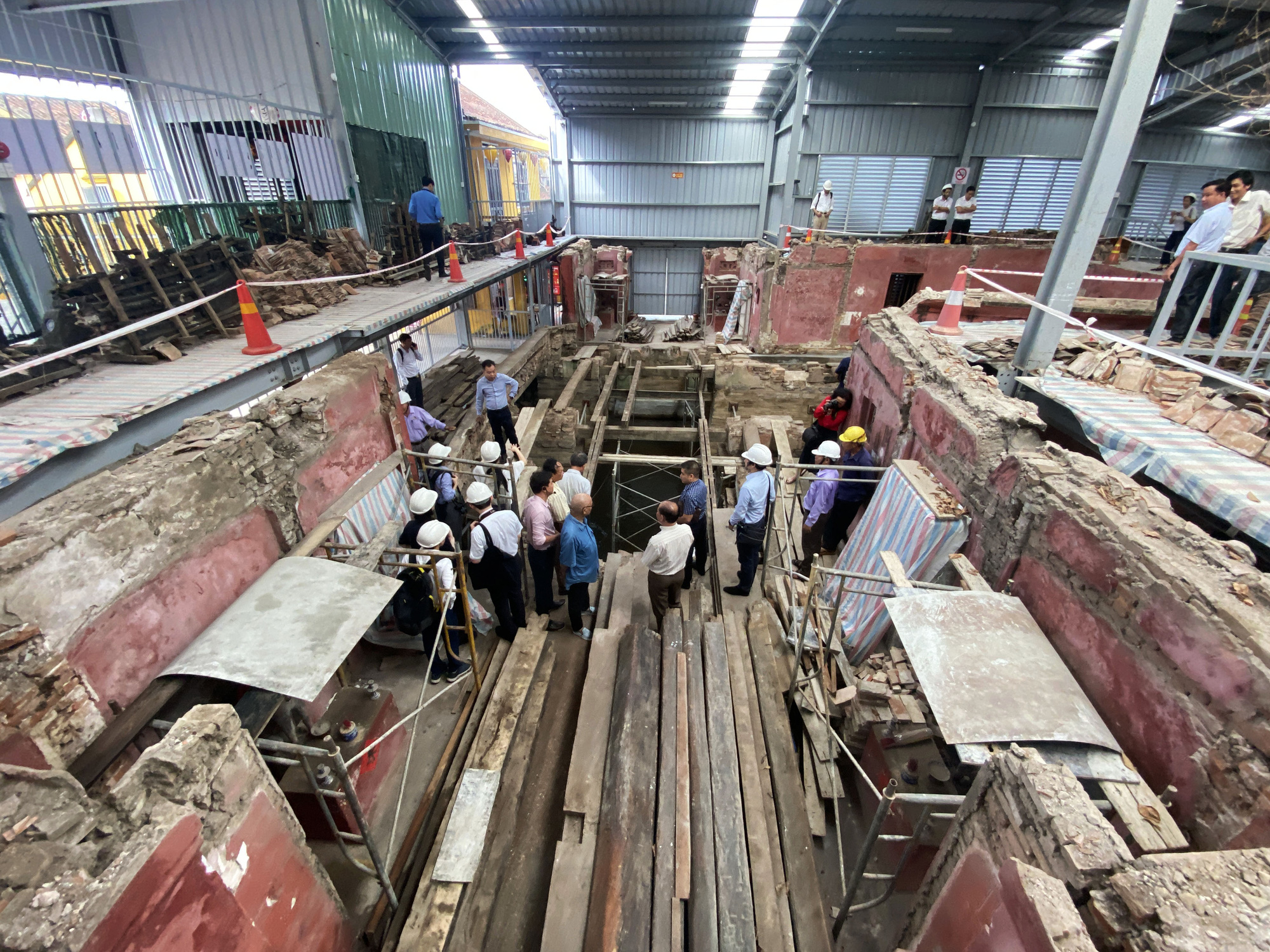
In 1653, a tile-roofed extension was added, connecting to the northern railings and extending between the bridge supports, hence the local nickname for the covered bridge as ‘Chua Cau,’ or Bridge Pagoda.
Despite its classification as a pagoda, it does not venerate the Buddha as customary in Vietnamese pagodas; instead, it honors a guardian spirit that bestows happiness and protection upon the local community.
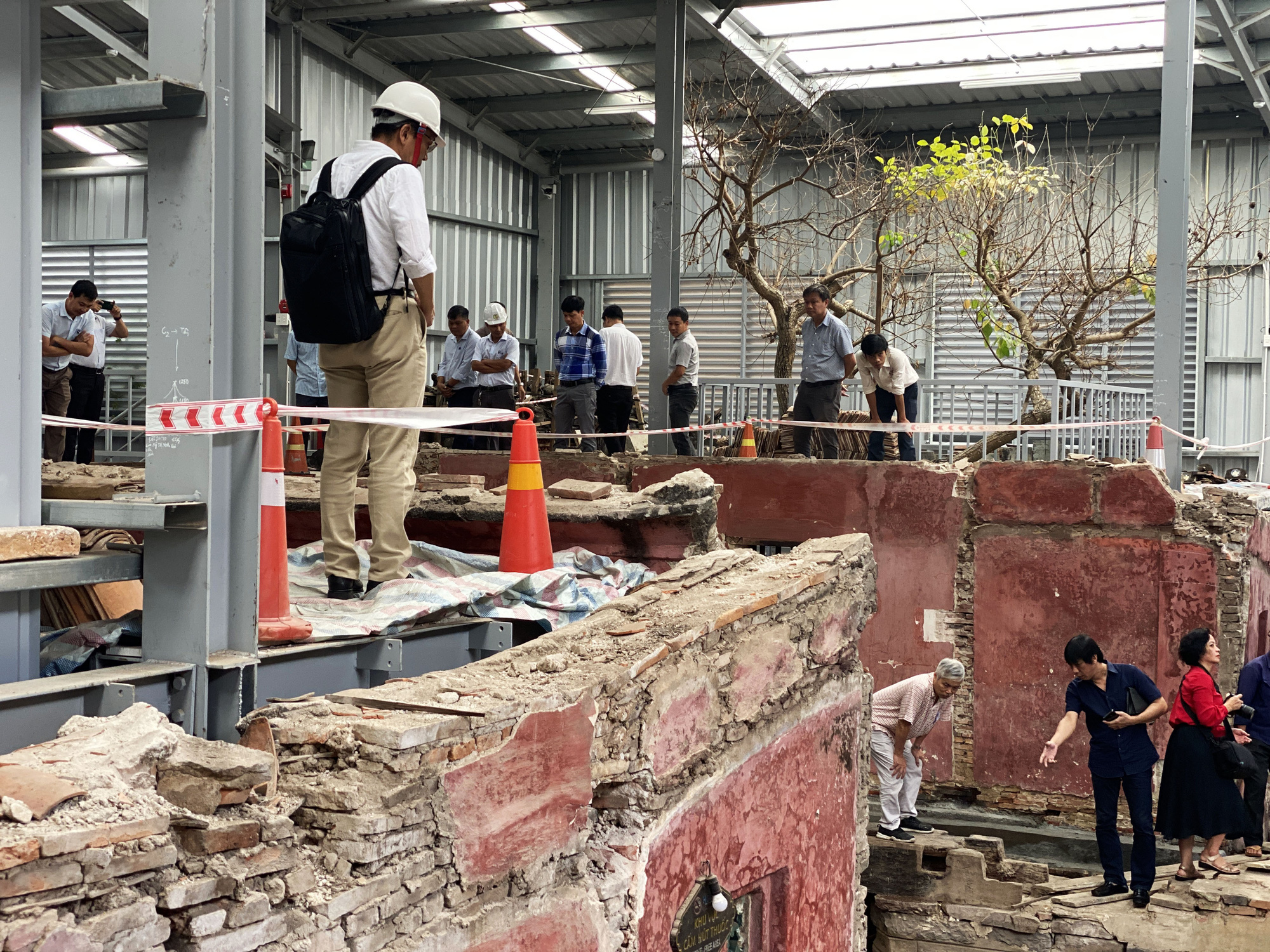
Throughout its history, the pagoda has undergone multiple renovations.
However, the ancient structure has suffered serious deterioration in recent years.
So far, the ongoing renovation work has achieved several significant milestones, including the 3D digitization of the site, the erection of a surrounding protective structure, the installation of the yin-yang tile roof system and wooden framework, and the reinforcement of the foundation pillars.
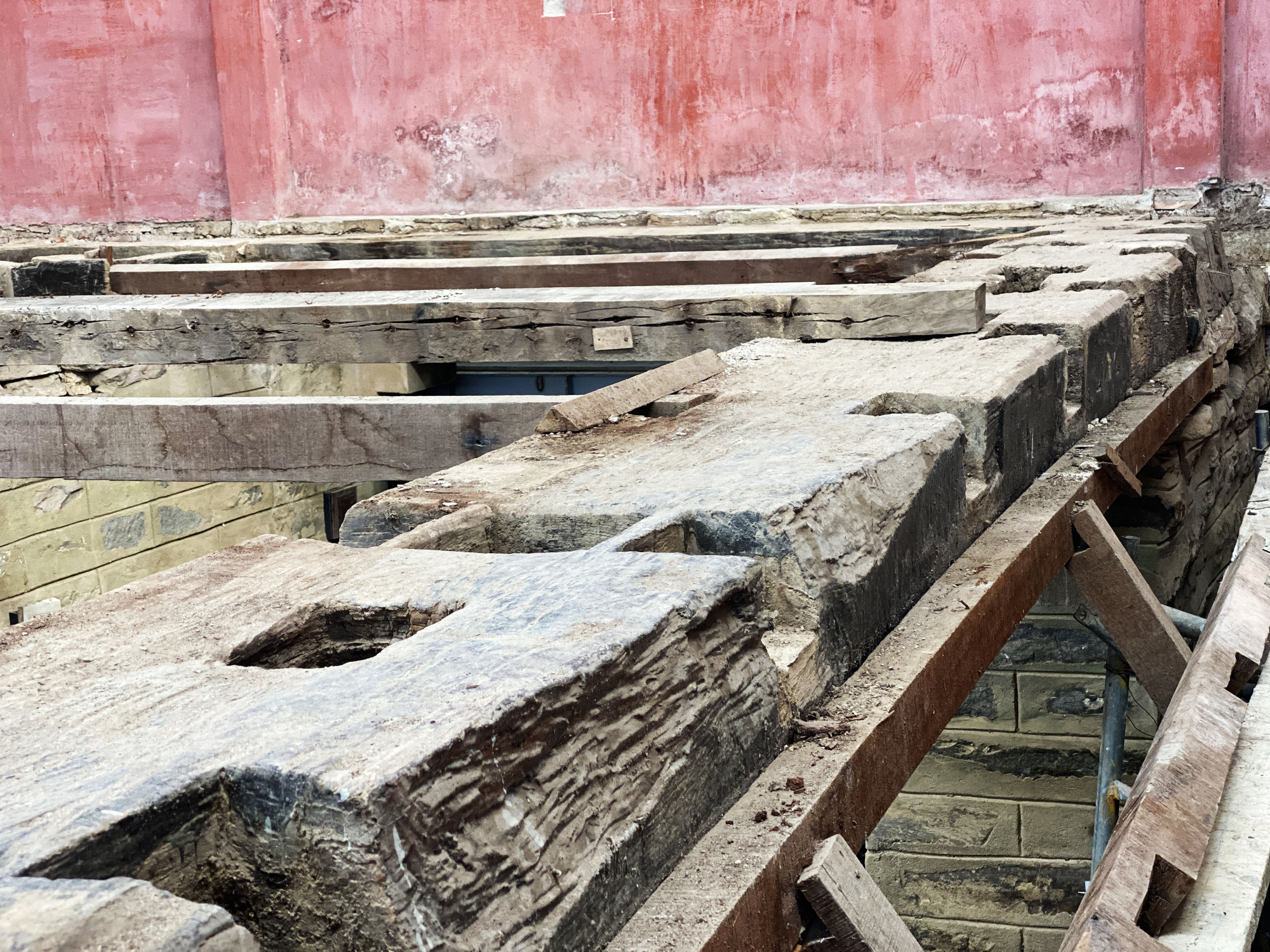
Throughout the restoration process, staff have dealt with significant challenges in preserving the structural integrity due to the serious state of deterioration, which necessitated entirely manual intervention.
Each single tile, section of mortar, wooden peg, and so forth have been delicately removed by hand, then meticulously positioned within a designated wooden frame, with each piece marked with a serial number to prevent disturbances and fissures.
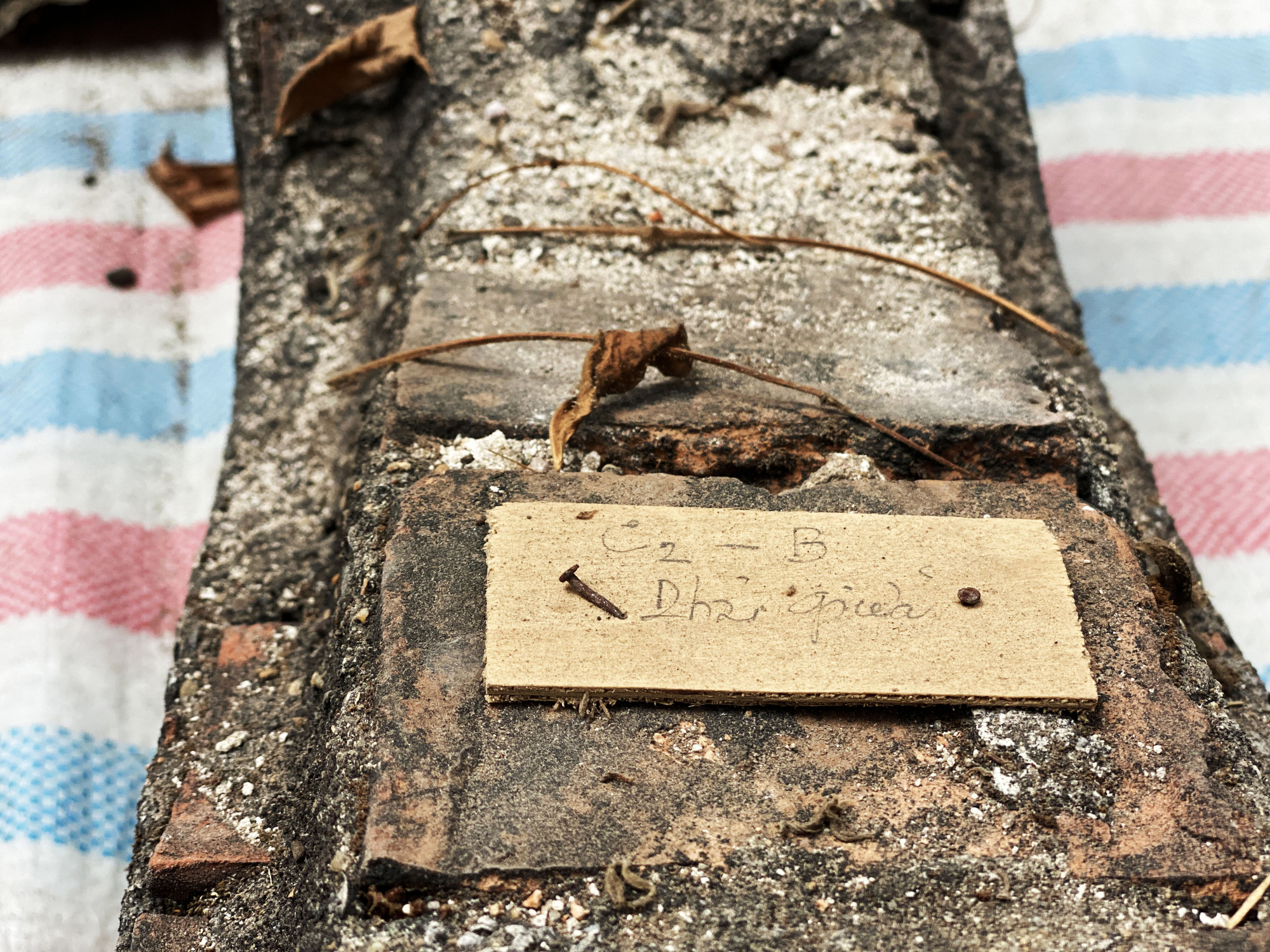
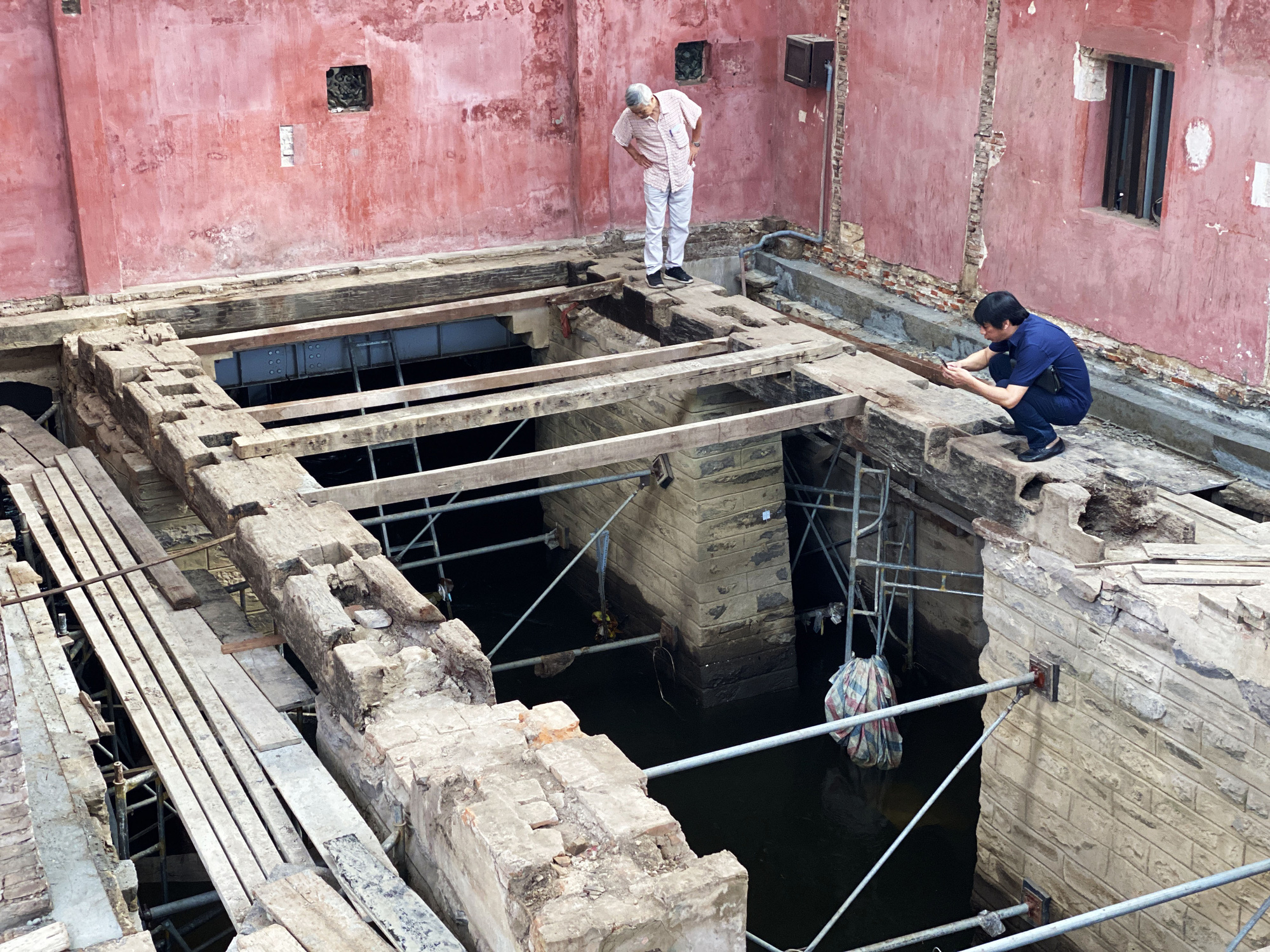
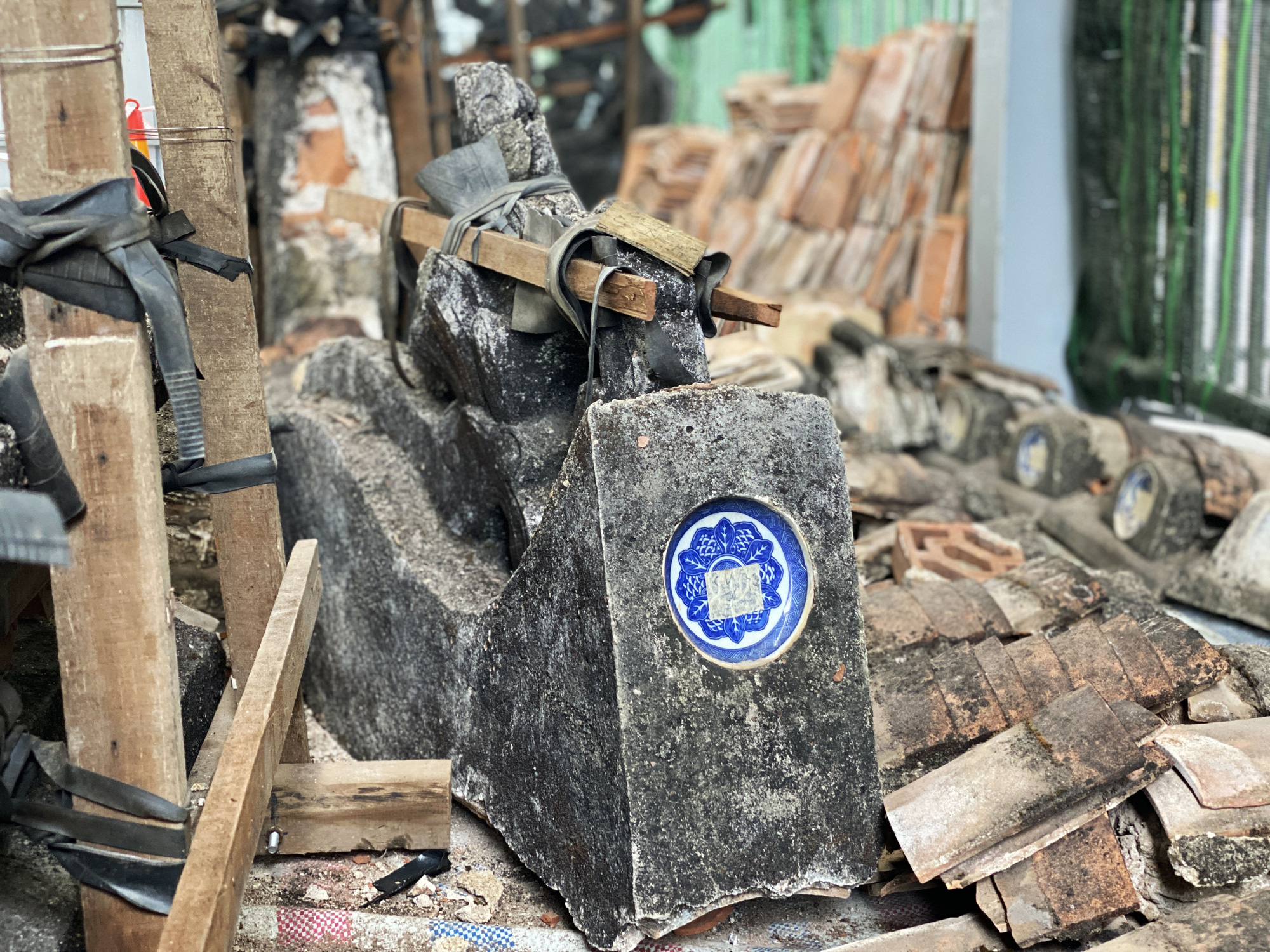
Like us on Facebook or follow us on Twitter to get the latest news about Vietnam!



